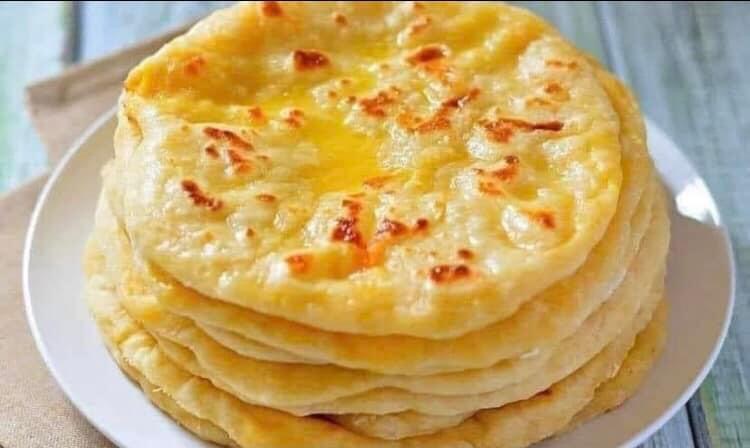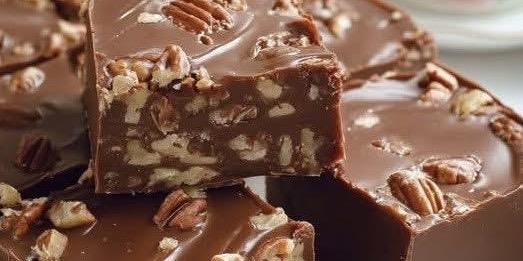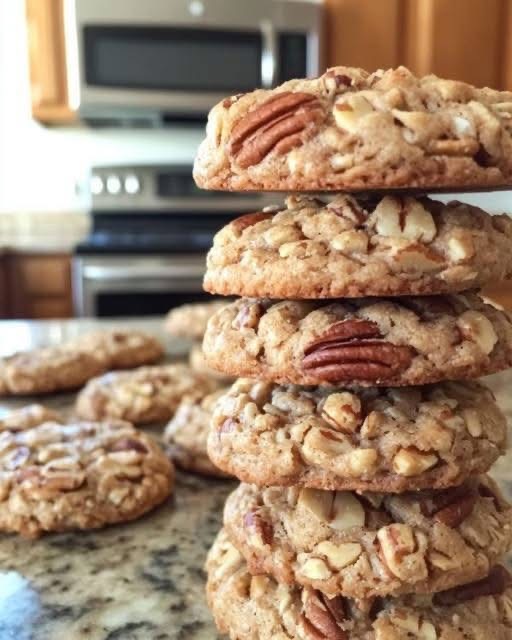History, Recipe, and Benefits
Turkish Bread History of Turkish Bread

Turkish bread, a staple in Turkish cuisine, has a rich history that dates back centuries. It is an integral part of daily life in Turkey, enjoyed with almost every meal. The most common types include pide, bazlama, simit, and lavash. Each type of bread has its unique preparation method and cultural significance.
- Pide: Often referred to as Turkish pizza, pide is an oval-shaped flatbread. It is traditionally baked in stone ovens and topped with various ingredients, including cheese, meat, and vegetables.
- Bazlama: This is a round, flat, and slightly thick bread, often compared to Indian naan or Greek pita. It’s typically cooked on a griddle and enjoyed warm.
- Simit: Known as Turkish bagel, simit is a circular bread encrusted with sesame seeds, often sold by street vendors.
- Lavash: This is a soft, thin flatbread that can be rolled or folded and is common in many Middle Eastern countries.
Turkish bread’s history is deeply intertwined with the Ottoman Empire, where bakers developed a variety of bread types to cater to the diverse population. The methods and recipes have been passed down through generations, preserving the traditional flavors and techniques.
Recipe for Turkish Pide Bread
Ingredients
- 4 cups all-purpose flour
- 1 packet (2 1/4 tsp) active dry yeast
- 1 tsp sugar
- 1 1/2 cups warm water
- 1 tsp salt
- 2 tbsp olive oil
- 1 egg yolk (for glazing)
- Sesame seeds (optional)
- Nigella seeds (optional)
Instructions
- Activate the Yeast: In a small bowl, combine the yeast, sugar, and warm water. Let it sit for about 10 minutes until it becomes frothy.
- Prepare the Dough: In a large mixing bowl, combine the flour and salt. Make a well in the center and add the yeast mixture and olive oil. Mix until a dough forms.
- Knead the Dough: Transfer the dough to a floured surface and knead for about 10 minutes until smooth and elastic.
- First Rise: Place the dough in a lightly oiled bowl, cover it with a damp cloth, and let it rise in a warm place for about 1 hour, or until it doubles in size.
- Shape the Dough: Punch down the dough to release the air. Divide it into two equal parts. Shape each part into an oval or round flatbread, about 1/2 inch thick.
- Second Rise: Place the shaped dough on a baking sheet lined with parchment paper. Cover with a damp cloth and let it rise for another 30 minutes.
- Preheat the Oven: Preheat your oven to 450°F (230°C). Place a baking stone or an inverted baking sheet in the oven to heat up.
- Glaze and Decorate: Brush the top of each bread with beaten egg yolk. Sprinkle sesame seeds and nigella seeds if desired.
- Bake the Bread: Carefully transfer the bread onto the hot baking stone or sheet. Bake for about 15-20 minutes, or until the bread is golden brown and sounds hollow when tapped on the bottom.
- Cool and Serve: Allow the bread to cool on a wire rack before slicing and serving.
Benefits of Turkish Bread
- Nutritional Value: Turkish bread, particularly whole-grain varieties, is rich in fiber, vitamins, and minerals. It provides a good source of carbohydrates, which are essential for energy.
- Versatility: Turkish bread can be paired with a variety of foods, making it a versatile addition to any meal. It can be used for sandwiches, dips, or simply enjoyed with olive oil and herbs.
- Digestive Health: The fiber content in whole-grain Turkish bread aids in digestion and helps maintain a healthy gut.
- Cultural Experience: Eating Turkish bread is not just about the taste but also about experiencing a part of Turkish culture and tradition.
- Homemade Advantage: Making Turkish bread at home allows control over the ingredients, ensuring freshness and avoiding preservatives found in commercial bread.
Conclusion
Turkish bread, with its rich history and diverse varieties, offers a delightful culinary experience. Making it at home can be a rewarding process, allowing you to enjoy fresh, warm bread that is both nutritious and culturally enriching. Whether you choose to make pide, bazlama, simit, or lavash, each bite will transport you to the vibrant streets of Turkey, where bread is a symbol of sustenance and hospitalit


